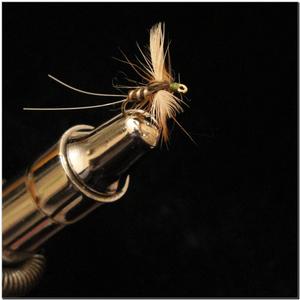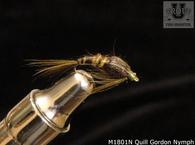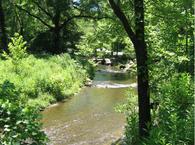
We had an angler contact us at Troutprostore and he wanted a hatch chart for a particular state. That is a good question and it is often asked. However, it is a difficult question to answer due to the wide variety of the water. Even the water within a particular stream will vary affecting the aquatic insect population. For example, hatches vary with respect to the water temperature, at higher elevations, the hatch occurs several days in advance of the hatches in the lower elevations. The temperature of the water flowing from the bottom of a dam will usually remain constant through the entire year and be very different from a freestone stream.
But with that said, lets look as some major differences between streams. The geology determines the fertility of the stream. Trout streams contain rocks, and rock particles like sand and silt. The chemical composition of the water comes from compounds leached from surrounding rock. These compounds encourage or discourage the growth of algae, diatoms, insects, crustaceans, and rooted aquatic plants, which form the food chain that supports a trout population. Calcium compounds, found in many sedimentary and metamorphic rocks, counteract acidity. The more bicarbonate in solution, the more acid is neutralized, and the higher the pH, the bigger populations of aquatic insets.
We have already discussed the temperature and the pH but what about the gradient of the stream which affects the speed of the flow. For example, hellgrammites thrive is rapid flowing water over rocks, while other aquatic insects prefer milder waters.
Finally, take a stream sampling yourself, and/or pump a trout’s stomach to find the actual insects common in the stream that day. Take particular note of the stage of development, the size and the color of the insects that the trout has consumed. Then, look through your fly box, and find the one that most closely resembles those flies.
We at Troutprostore have made available flies that are the very best imitations of these insects. Also, instructions on how and when to use each fly are available at Troutprostore





